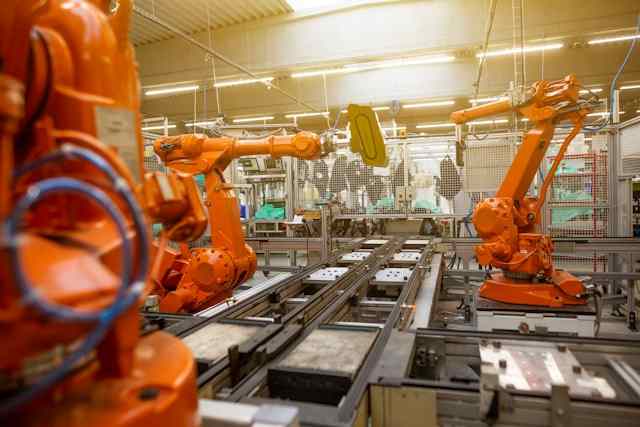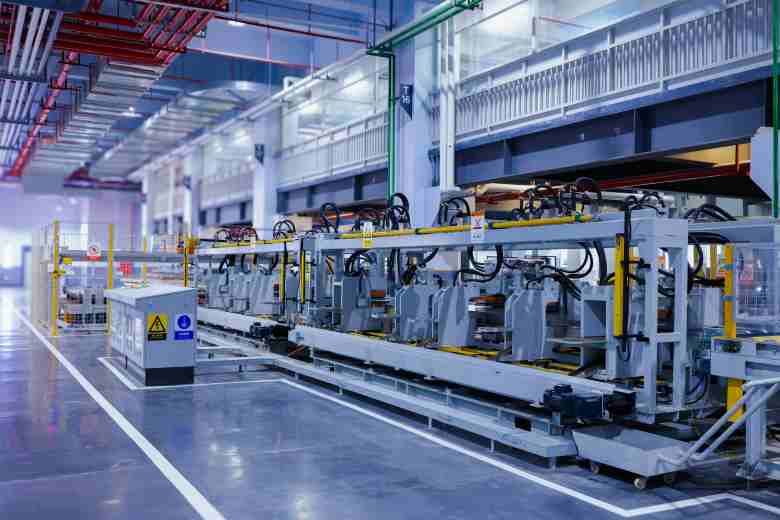Last Updated on November 26, 2025 by Admin
Equipment efficiency shapes the productivity, safety, and profitability of any operation. Businesses that rely on heavy machinery, tools, or vehicles understand that smooth workflows depend on consistent performance from the equipment they use each day. When machines run at their best, teams meet deadlines with confidence and avoid disruptions that stall progress. Careful planning, routine inspections, and strategic habits protect equipment from strain, breakdowns, and unexpected downtime.
A strong maintenance culture influences the entire organization. Teams that stay proactive with equipment care reduce long-term expenses and create safer working conditions. Leaders who prioritize reliability help employees perform tasks with clarity and control. When workers trust their equipment, they stay focused on delivering high-quality results rather than worrying about malfunction or interruption.
Table of Contents
Understanding the Factors That Influence Equipment Performance
Equipment performance depends on usage habits, environmental conditions, and regular care. Operations that push machinery beyond its limits see higher failure rates, while teams that respect capacity thresholds extend the lifespan of their assets. Weather, temperature, debris, moisture, and vibration affect machine stability and must be monitored with consistency.
A study on industrial equipment reliability found that machines monitored under structured maintenance programs perform significantly longer than those without consistent oversight. This reinforces the value of schedule-based inspections and early intervention. Identifying small issues at the beginning prevents breakdowns that disrupt operations and lead to costly repairs.
Operators who understand the capabilities and limitations of each machine improve performance every day. Training provides clarity, reduces mistakes, and encourages thoughtful handling. Once teams gain awareness of these factors, they create an environment where equipment performs at optimal levels.
Strengthening Operations With Reliable Fuel Supply Plans
Fuel availability influences productivity for organizations that rely on vehicles or heavy machinery. Delays occur when equipment sits idle due to low fuel levels or long refueling trips. Efficient refueling systems save time, reduce stress, and keep workflows steady. Operations often benefit when they improve their fueling logistics through structured ordering schedules and reliable partners.
Businesses that plan their refueling strategy experience fewer interruptions. This becomes even more valuable during tight deadlines or high-demand seasons. Operations improve significantly when teams rely on practical solutions such as nationwide diesel delivery within an organized workflow. This approach provides convenience and consistency without pulling resources away from core tasks. Teams then focus on productivity while maintaining a steady supply of fuel for every machine they operate.
Strategic fuel planning includes monitoring consumption patterns, understanding seasonal demands, and evaluating storage options. Leaders who track usage accurately prevent shortages and avoid emergency refueling that disrupts workflow. This awareness strengthens planning and ensures smoother progress through daily operations.
After securing a dependable fuel strategy, teams can shift attention to equipment behavior during active use, ensuring the investment in fuel translates into reliable performance.
Creating a Consistent Preventive Maintenance Routine
Preventive maintenance protects equipment from the wear and tear that accumulates through daily use. Cleaning, lubrication, calibration, and part replacement preserve machine integrity and reduce the likelihood of sudden breakdowns. Operators who follow a detailed maintenance checklist create reliability across the entire system.
Routine inspections reveal early signs of malfunction, such as unusual noise, vibration, or heat. Addressing these signs quickly keeps repairs simple and affordable. Small adjustments to alignment, tension, or fluid levels create long-lasting stability. When machines remain clean and well-oiled, they operate smoothly and extend their service life.
Preventive maintenance schedules must reflect real-time usage rather than general assumptions. High-use equipment requires more frequent attention, while occasional-use machines may only need seasonal checkups. Leaders who customize their maintenance plans strengthen performance and minimize unnecessary costs.
Documentation strengthens every maintenance routine. Keeping accurate records of service dates, replaced parts, or recurring issues helps teams identify patterns and plan future improvements. This practice supports both efficiency and accountability.
Improving Staff Skills Through Regular Training
Equipment performs well when trained operators manage it with confidence. Training raises awareness, reinforces safety, and enhances precision. Teams that understand how to handle equipment correctly reduce strain on machinery and prevent operational mistakes.
Training programs should evolve as technology advances. New equipment often includes updated controls, software, and monitoring systems. When employees learn these features, they operate machines at peak efficiency and recognize warning signs earlier.
Hands-on learning offers the best results. Practice under supervision gives operators the chance to ask questions and refine their technique. When staff members feel comfortable with equipment, they treat it with care and attention.
Continuous learning should remain part of the workplace culture. Brief refreshers once or twice per year help maintain high standards and prevent skill erosion. These efforts support safety, confidence, and consistent productivity.
Monitoring Equipment Health With Modern Technology
Technology enhances equipment care through monitoring systems that track usage, performance, and early warning indicators. Sensors measure vibration, temperature, lubrication levels, and output quality. Real-time data helps technicians identify irregularities before they escalate into major problems.
Digital monitoring systems alert teams instantly when equipment shows signs of stress. These tools give operators the chance to intervene early, preventing delays and protecting machinery. When leaders review analytics regularly, they recognize patterns that support smarter planning and more accurate budgeting.
Cloud-based platforms store maintenance records, service logs, and performance reports. These systems improve organization and make it easier for teams to access relevant information when planning repairs or upgrades. Technology strengthens decision-making and enhances long-term performance.
Reducing Downtime Through Thoughtful Scheduling
Effective scheduling minimizes delays and preserves efficiency. Planning maintenance during slower periods prevents interruptions during high-demand hours. Leaders who organize downtime strategically help teams stay productive without compromising equipment care.
Rotating equipment use extends its lifespan. Bringing backup machines into rotation allows heavily used equipment to rest. This reduces strain and prevents wear that comes from constant operation.
Scheduling must remain flexible enough to adapt to unexpected circumstances. Weather changes, supply chain disruptions, or sudden repair needs require quick adjustments. Teams that communicate clearly and respond quickly maintain stability even during unpredictable situations.

Strong equipment performance depends on consistent care, informed planning, and disciplined habits. Organizations that monitor machine conditions, train their teams, maintain a reliable fuel strategy, and schedule preventive maintenance achieve smoother workflows and fewer delays. When leaders support proactive systems and encourage accountability, equipment performs at its best, and operations stay stable even during demanding periods. These strategies reduce stress, protect investments, and build confidence across the entire team. With steady attention and smart planning, every piece of equipment can deliver reliable results day after day.
Related Posts:
- Building the Future: Embracing Sustainable Construction Practices
- 12 Areas of Risk Management in Construction
- Effective Ways To Cut Costs In The Logistics Industry
- How to Enhance Risk Management in Construction Management


